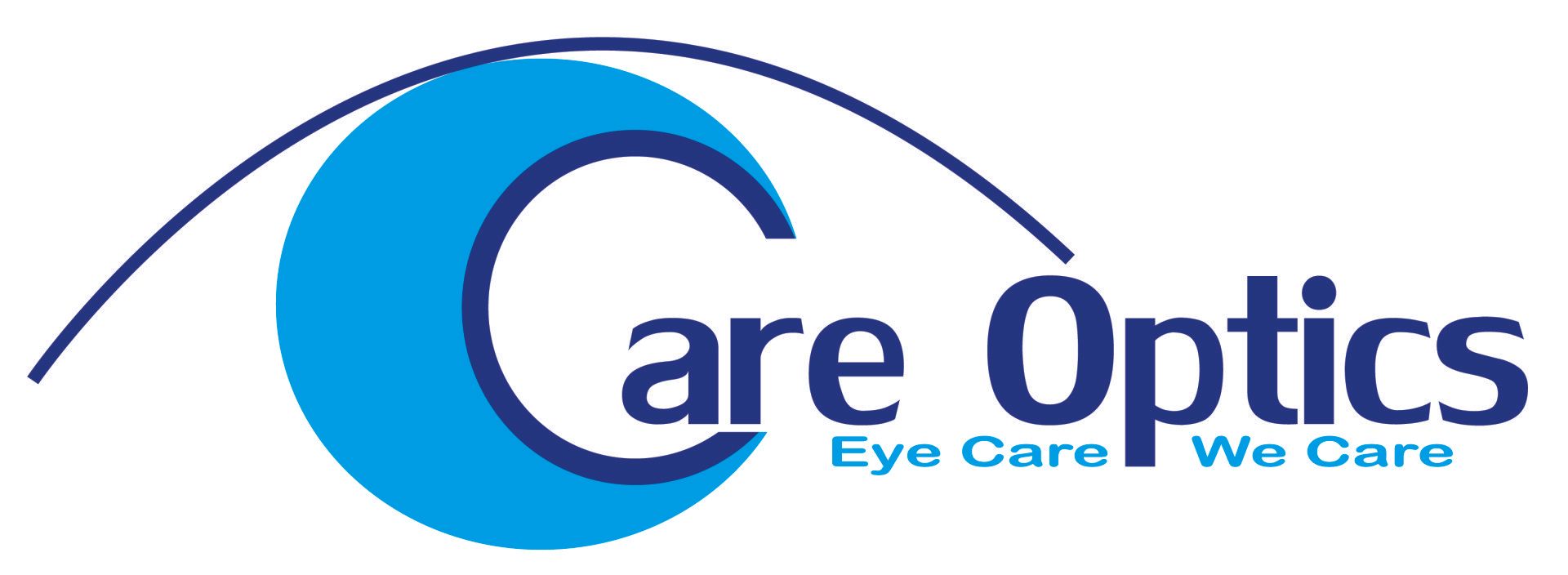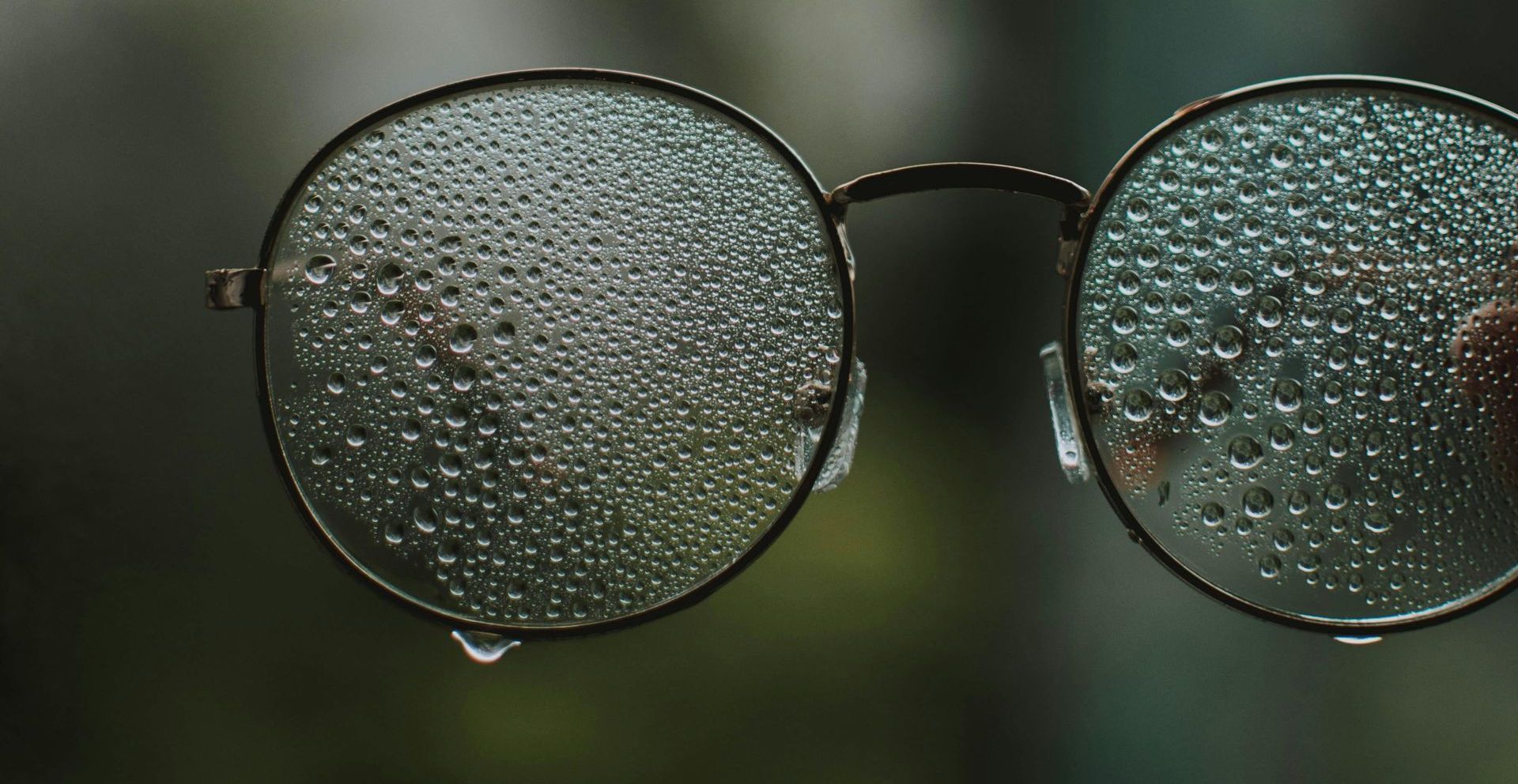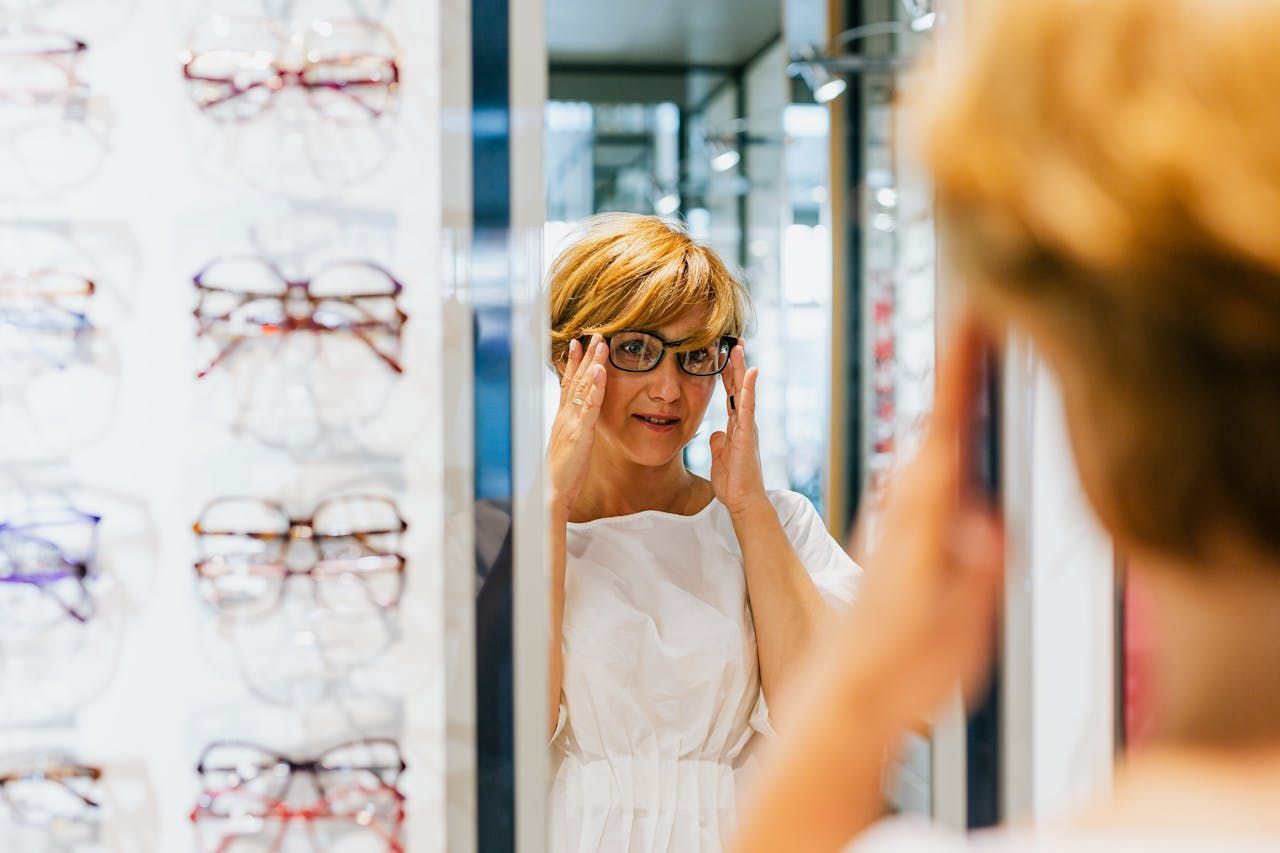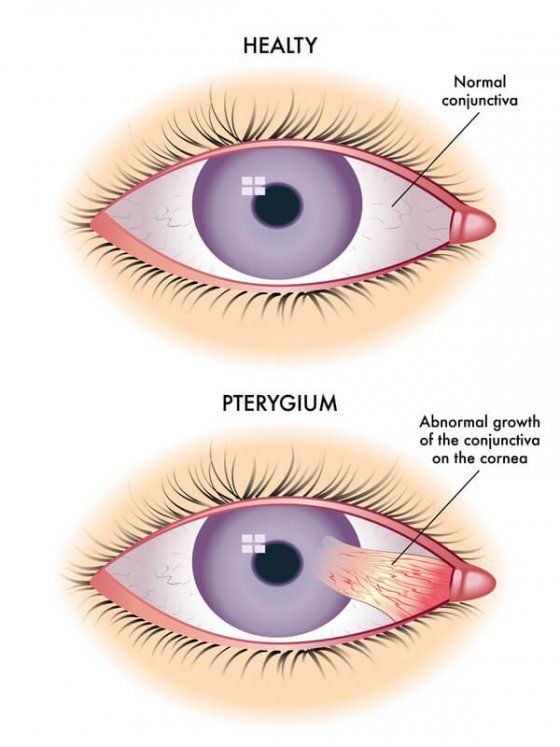The Digital Eye Strain Epidemic: Protecting Your Eyes in a Digital World
- By Care Optics
- •
- 19 Feb, 2025
- •

What is Digital Eye Strain?
Digital eye strain, also known as Computer Vision Syndrome (CVS), refers to a group of eye and vision problems that result from prolonged use of digital devices. It's not just about the screen itself; factors like screen glare, poor lighting, and improper viewing distances also play a role.
Recognizing the Symptoms:
Digital eye strain can manifest in various ways, including:
- Dry, itchy, or burning eyes
- Blurred vision
- Headaches
- Neck and shoulder pain
- Eye fatigue
- Difficulty focusing
- Increased sensitivity to light
Why Does Digital Eye Strain Occur?
Several factors contribute to digital eye strain:
- Reduced Blinking: When we focus on screens, we tend to blink less frequently, leading to dry eyes.
- Blue Light Emission: Digital devices emit blue light, which can potentially disrupt sleep patterns and contribute to eye strain.
- Focusing Fatigue: Prolonged screen use requires constant focusing, which can tire the eye muscles.
- Glare and Lighting: Reflections on the screen and poor lighting conditions can strain the eyes.
- Ergonomics: Improper workstation setup, including screen distance and angle, can contribute to discomfort.
Practical Tips for Relief:
Fortunately, you can take several steps to minimize the effects of digital eye strain:
- The 20-20-20 Rule: Every 20 minutes, take a 20-second break and look at something 20 feet away. This simple practice can significantly reduce 1 eye fatigue.
- Adjust Your Screen: Position your screen at arm's length and slightly below eye level. Tilt the screen to minimize reflections.
- Optimize Lighting: Reduce glare on your screen by adjusting room lighting or using a screen filter.
- Blink Frequently: Make a conscious effort to blink regularly to keep your eyes lubricated.
- Ergonomic Workstation: Ensure your chair, desk, and monitor are positioned correctly to support good posture and minimize strain.
- Take Breaks: Take regular breaks from screen time to allow your eyes to rest. Even short breaks can make a difference.
- Hydration: Stay hydrated by drinking plenty of water. This can help prevent dry eyes.
Care Optics Solutions for Digital Eye Strain:
At Care Optics, we understand the challenges of digital eye strain and offer solutions to help you protect your vision:
- Comprehensive Eye Exams: Regular eye exams are essential to assess your eye health and identify any underlying issues that may be contributing to your symptoms.
- Blue Light Filtering Lenses: We offer lenses with specialized coatings that filter out harmful blue light emitted from digital devices. These lenses can reduce eye strain, improve visual comfort, and potentially improve sleep quality.
- Specialized Lenses: Depending on your individual needs, we can recommend specialized lenses designed to reduce eye fatigue and improve focus during prolonged screen use.
- Ergonomic Assessments: We can provide guidance on setting up an ergonomic workstation to minimize strain on your eyes, neck, and back.
Don't Let Digital Eye Strain Take a Toll on Your Vision:
If you're experiencing symptoms of digital eye strain, don't hesitate to contact Care Optics. We can provide personalised advice and solutions to help you maintain healthy and comfortable vision in the digital world. Schedule your eye exam today!

We were honoured to once again be part of the Barking and Dagenham Chamber of Commerce Awards this year—a vibrant celebration of local enterprise, innovation, and community spirit. For the third time, we joined fellow businesses from across the borough to recognise the outstanding contributions being made to our local economy and community.
This year's event was particularly special for the Care Optics family. We were thrilled to be shortlisted for the Green Business Award, a recognition that speaks to our deep commitment to sustainability and environmental responsibility in all that we do.
The highlight of the evening was seeing our very own Director receive the prestigious Businessman of the Year award. This is an incredible honour and a powerful testament to his leadership, vision, and unwavering dedication to both our company and the community we serve.
A Legacy of Excellence
This year’s successes build on a proud history of recognition from the Chamber of Commerce. Our team’s dedication to excellence has been consistently acknowledged, and we are humbled by the commendations we've received over the years, including:
- Business of the Year (Winner, 2023)
- Employer of the Year (Winner, 2023)
- Training, Developing and Supporting Education (Winner, 2023)
- The Judges’ Award (2024)
- Customer Service
- Charity and Community Impact
- Innovation through the Use of Digital Media
Each award and nomination is a reflection of our team's collective hard work and our mission to deliver exceptional care and service. We believe a strong business is built on a foundation of community support, innovation, and a commitment to nurturing talent.
We extend our heartfelt congratulations to all the winners and nominees of the evening. We are inspired to be in the company of such incredible local businesses and look forward to many more years of growth, impact, and celebration within Barking and Dagenham.

As parents, we want to give our children every possible advantage—from a great education to a healthy diet and a safe environment. But one thing that often gets overlooked is their eye health. And when it comes to children’s vision, Myopia—commonly known as short-sightedness—is becoming more common than ever. At Care Optics, we specialise in Myopia Control, helping children maintain clearer vision and a brighter future.
Let’s explore what Myopia is, how to spot it in your child, and the amazing ways we can help manage and slow its progression.

Here at Care Optics, with our friendly teams in both Woodford and Dagenham, we're always on the lookout for the latest and greatest innovations to bring to your eyewear experience. And let me tell you, we're absolutely buzzing to announce our newest arrival: the revolutionary Ray-Ban | Meta smart glasses!
Imagine seamlessly blending iconic style with cutting-edge technology. Well, stop imagining, because these incredible glasses are here, and we're thrilled to be able to offer them to you. Get ready to step into the future of eyewear!







